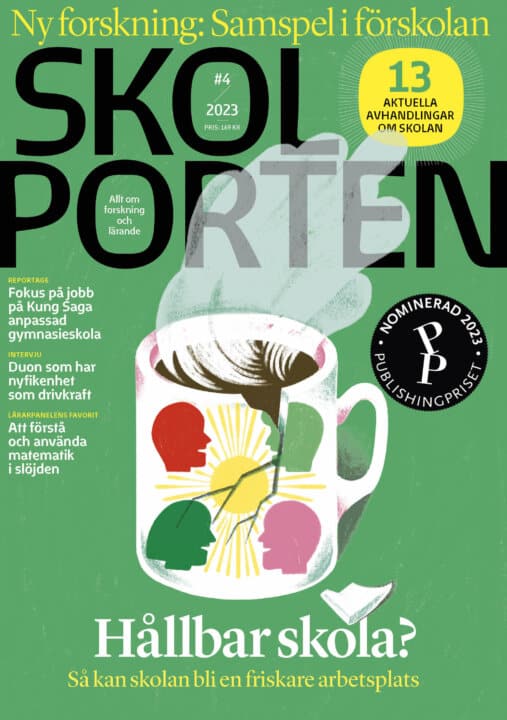Vi och de Andra. Om idrott, genus och normer på en idrottsprofilerad högstadieskola
Vilka normativa mönster relaterade till idrott och genus finns och hur tar sig dessa uttryck inom den idrottsprofilerade högstadieskolan? Det är en av frågorna som Marie Larneby undersöker i sin avhandling.
Marie Larneby
Professor Susanna Hedenborg, Malmö universitet Karin Book, Malmö universitet
Docent Inger Eliasson, Umeå universitet
Malmö universitet
2020-05-29
Vi och de Andra. Om idrott, genus och normer på en idrottsprofilerad högstadieskola
Institutionen Idrottsvetenskap
Abstract in English
The aim of this dissertation is to describe and problematize normative patterns related to sport and gender at a sport’s profiled secondary school,and discuss what consequences these patterns may have for student-athletes. The dissertation has an ethnographic approach and the empirical data was collected through observations and semi-structured interviews. I have followed one cohort of 78 student-athletes during their three years at thestudied school (grade 7–9), of which 29 were interviewed. In addition, seven members of the staff were interviewed. I chose to follow the sport groups in tennis, floorball, football for boys, football for girls and lessons in physical education and health (PEH). This dissertation project was guided by the theoretical frameworks provided by gender theories: gender as a social institution (Lorber, 1994), the process of othering (Puwar, 2004; Pickering, 2001), and inclusive masculinity (Anderson, 2009). In addition, sport related logics and norms of performance and competition was utilized as theoretical tools (Engström, 2010; SOU 2008:59).The main results are that there were two main normative patterns related to sport and gender that prevailed at the studied school: the logic of performance and competition, and a gender norm stating that boys are better than girls. These patterns were resilient but also faced deviations and resistance. Sport occupied a significant space at this school. Socialization of performance and competition, with admittance through selection and early specialization directed the organization of the profile and its practice, but also the student-athletes’ attitudes, behaviors and actions. The logic of performance was often expressed as a sound comparison and competition that functioned as an incentive for motivation and a strategy for improvement, and was regarded as an inherent part of sport. However, comparison and competition were used as a stratifying instrument in order to rank oneself higher in the school’s internal hierarchy. Moreover, students-athletes testified to the presence of an expectation of a certain kind of engagement, focus, attendance, level of ambition and attitude towards sports. When one or more of these expectations were not met, due to for instance injuries, decreased motivation or lack of interest, the student-athletes felt that they (or peers at the school) deviated from the normative position as an ideal student-athlete. Within this sport centered school, a gender norm stating that boys are better than girls prevailed. This norm was produced, reproduced and confirmed in the daily school sport activities as well as inthe classroom setting. An active differentiation lead to a general stratification, which resulted in a construction of boys and girls being different athletes who were explained being not equally skilled, and that boys’ sport is valued more then girls’. This differentiation and stratification was a result of the logics of performance and competition, with a need to compare boys and girls although they never competed against each other, they only trained together. However, when student-athletes talked of themselves at an individual level, there was less emphasis on gender. The athletic skills strength, speed and technique were demanded, and it was often expected that girls were to adopt boys’ way to do sports. It contradicts and simultaneously challenges the gender norm that boys are better than girls are. To conclude: since competition and comparison was a strong logic, it was directed inwards towards peers and a constructed meaning of status within the bigger school group. In addition, gender produced another dimension of stratification between athletes, which should be of no value in organized competition as boys and girls almost never compete against each other. However, at this school, gender differentiation and stratification got a lot of attention because it was constructed to be of significance.Norms, values and logics from the world of sports had entered school and established a normative system that produced a student-athlete and a school sport profile that was an extension of organized sport.
Relaterade länkar

Undervisa i artificiell intelligens
 Gy–Vux
Gy–Vux 







